Education in Zimbabwe is under the authority of the Ministry of Primary and Secondary Education for primary and secondary education and the Ministry of Higher and Tertiary Education, Science and technology Development for higher education. Both are regulated by the Cabinet of Zimbabwe. https://goo.gl/JbD12e
The education system in Zimbabwe comprises 15 years of ECD, primary and secondary school and runs from January to December. Zimbabwe has 13 state universities, 5 private universities and 7 polytechnics. In addition to this, each province in Zimbabwe has at least 2 or more vocational/technical colleges to cater for those who fail to obtain 5 subjects to proceed to “A” level.
Primary and secondary schools are divided into urban and rural schools https://goo.gl/W9Ix51 . In 1980 Zimbabwe created free and compulsory primary and secondary education, valuing education as a fundamental right. This fundamental right was clearly articulated in the Education Act of 1987.
It is however important to highlight that whilst the education system was meant to be entirely free in 1980, parents had to pay sports fees for buying equipment and material. There were also building fees for developing the schools. After the Structural Adjustment program of 1992 all goods and services were priced at market value and education ceased to be free. Rural primary schools in Zimbabwe presently cost $15 for fees per term whilst a parent will pay an average of $35 for an urban primary school child.
Secondary education fees costs $50 for rural schools and $60 for secondary schools. In addition, state universities averagely cost $550 while private universities averagely cost $900. Vocational Colleges cost an average of $200 per term. “Zimbabwe’s education system in Africa is the finest with a 91% literacy rate compared to 59.3% for Burundi and 84.8% for Lesotho”. https://goo.gl/kWiRXc


